Reconstructions have long been used to bring Rome’s ancient ruins back to life. The drawings of Dupérac and Piranesi, and physical models made for Grand Tourists, were joined in the 20th century by the little books still sold at kiosks in the city, in which painted reconstructions on acetate pages are laid over photos of each site’s current state. Digital technology provides new ways of accomplishing this centuries-old task, restoring broken walls, fragmentary marble remains, patched mosaics and faded frescoes with vivid approximations of their original appearance. These novel approaches rest, ideally, on familiar scholarly foundations, but the medium is new: digital models created by a computer can bathe sites with light and add motion, visual effects and sound to the static images found in guidebooks and display panels.
In Rome, a growing number of sites deploy digital reconstructions for visitors, in three different ways. High-resolution projectors mounted inside archaeological spaces supplement the standing remains with pixel-precise light shows, outlining features of interest and restoring, in non-invasive fashion, the missing elements of mosaics and frescoes. Virtual and augmented reality (VR and AR) reconstructions use headsets to immerse a viewer in a 3D model of a space; a pair of screens provides a stereoscopic sense of 3D, and motion sensors track and update the view. VR shuts out the world outside the headset; in AR the same technology depicts reconstructed elements – the missing parts of a building, say – overlaid on a real-time image captured by the device’s outward-facing camera. (You can try AR apps on your smartphone; Ikea makes one, for instance, to show you how a new piece of furniture would look in your living room.)
I recently spent a weekend in Rome visiting a selection of these newly displayed sites, some of them only recently (re)opened to the public. The sites using digital projection offer the most straightforward experience. Naturally this works in spaces with low ambient light, generally indoors. The best of these displays are superb, both spectacular and informative. On the Palatine hill the so-called Houses of Augustus and Livia, parts of a first-century BC palace complex, are among a range of sites now open to visitors. Here projectors (with audio commentary) beam reconstructions on to fragmentary floor patterns and plaster ceiling vaults, complete and recolour the splendid frescoes and restored details recorded by earlier explorers but now faded from view. At Santa Maria Antiqua, a sixth-century church inserted into a cavernous imperial hall on the edge of the Forum, a light show cleverly picks out the many layers in a palimpsest wall of fresco, illuminating a complex sequence of overpainting that would be nearly impossible to decipher without assistance. In the basement of the 16th-century Palazzo Valentini, rippling light ‘refills’ the marble bathtub of a late imperial-era residence, restoring illumination and colour to what is now a dark underground world. Visitors who don’t want to book a ticket to one of these sites can pop into the basement of the upmarket department store Rinascente, where a similar projected light show outlines different construction phases in a stretch of aqueduct from the first century BC.
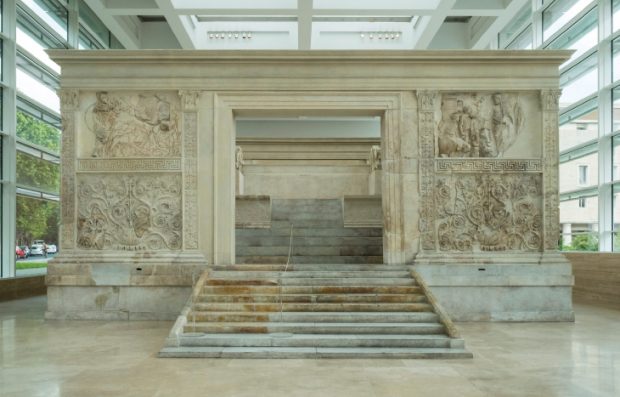
The Ara Pacis Augustae (Augustus’s Altar of Peace) in the Ara Pacis Museum in Rome. Photo: © Iain Masterto/Alamy Stock Photo
At most of these sites audio commentary accompanies the light show. This and the fact that the visitor can only look at what’s lit up create the downside to this technology: a visit becomes a son-et-lumière show, with groups sent round on a fixed itinerary and items that are not part of the preset narration left literally in the dark. In some sites there’s no time to explore at leisure, dwell on an object or space, or check what your guidebook says. It’s reasonable not to let visitors roam unchecked through fragile spaces, which only a few people can enter at once, but more traditional interpretation boards in the queueing areas would give more context.
Other sites use VR or AR delivered via headsets. Eager crowds at the recently opened Circus Maximus excavations follow a route through the ruins with stops for VR and AR reconstruction views of the ancient chariot-racing stadium. This is a large outdoor area, so visitors have room to set their own pace, and the use of large-scale architectural reconstruction works well to supplement the relatively scant ruins and fixed interpretation boards. At the Ara Pacis, one of the finest surviving monuments of Roman art, AR headsets restore impressive colour to the now-white marble altar. The headset screen’s pixelated image is no substitute for inspecting the object itself at close range, though: I kept wanting to take off the device for a better look.
Most remarkable of all are the remains of Nero’s two palaces, the Domus Transitoria on the Palatine hill and the Domus Aurea (‘Golden House’) near the Colosseum. Both of these structures were buried under later imperial building projects to erase Nero’s legacy, accidentally preserving them but also driving massive concrete foundation piers through their rooms and sealing them off forever from light and air. Both have been closed to visitors for years, so just entering them is rather a thrill (and requires booking into obligatory guided visits). Here, immersive digital reconstruction can really come into its own, taking impressive but fragmentary and confusing spaces and restoring them to something like the palaces Nero knew. The short VR element at each comes towards the end of the visit; visitors sit to don the headset, and the narrated display then removes later walls, restores fragmentary decoration, plumbs virtual water back into the fountains, and floods the spaces with light. The viewer stays seated throughout, and can look around, but the point of view in these reconstructions gently moves, rising to look at ceiling vaults, or travelling to see how a room once communicated with a garden terrace outside. The experience is undoubtedly spectacular, many times more vivid than a picture or text explanation. The sense of spatial depth and motion in VR adds a great deal to the viewer’s comprehension of these spaces. But sitting in the dark, looking at headset screens rather than the actual remains, won’t appeal to everyone.
As this technology matures, the practical challenges involved in making it work reliably for large numbers will be resolved and sites will discover the best ways of adding to a visitor’s experience of a place without intruding on it. Headsets are fun but isolating, and a bit of a nuisance to use. I would put my money on more use of projection on to the surfaces of monuments, and AR delivered to visitors’ ever-more-capable smartphones, rather than devices they have to sign out from a ticket desk. But the idea of using rich, immersive digital reconstructions to enhance the presentation of a site and help people understand something of its original appearance and meaning is here to stay.
From the July/August 2019 issue of Apollo. Preview and subscribe here.
Unlimited access from just $16 every 3 months
Subscribe to get unlimited and exclusive access to the top art stories, interviews and exhibition reviews.

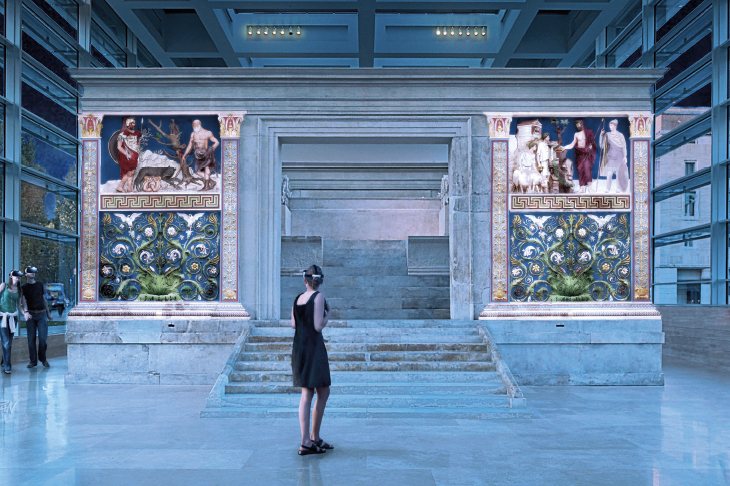
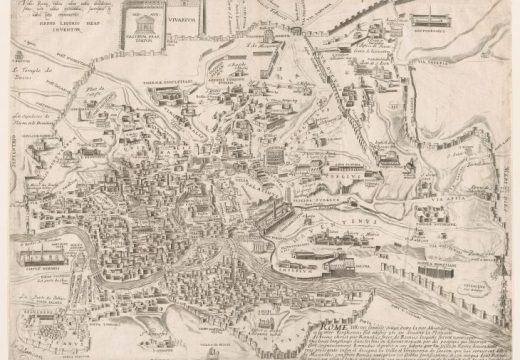
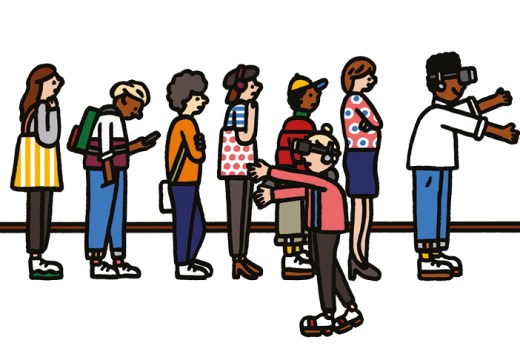
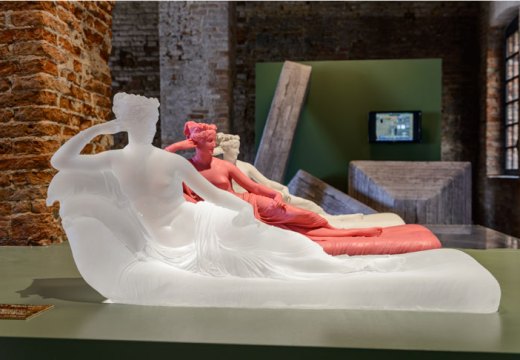









![Masterpiece [Re]discovery 2022. Photo: Ben Fisher Photography, courtesy of Masterpiece London](http://www.apollo-magazine.com/wp-content/uploads/2022/07/MPL2022_4263.jpg)
Why are fathers so absent from art history?